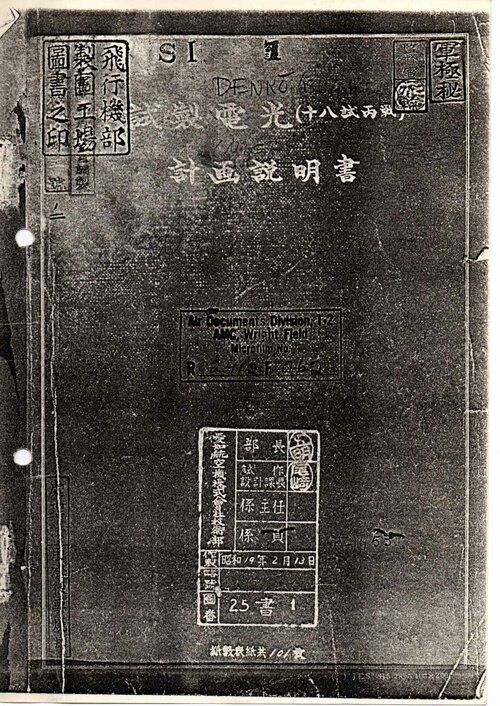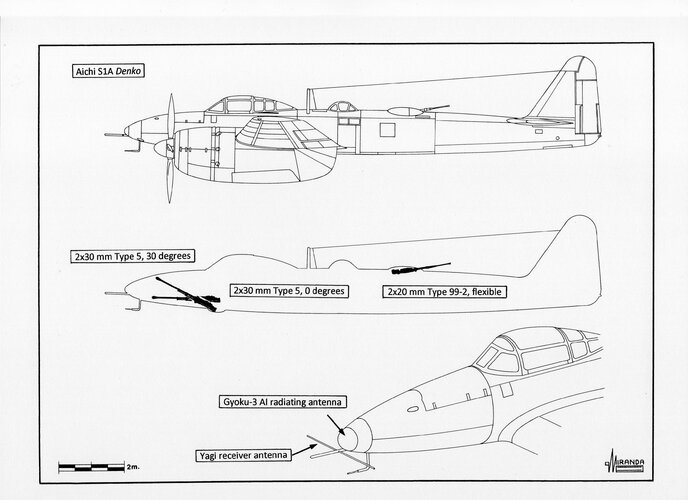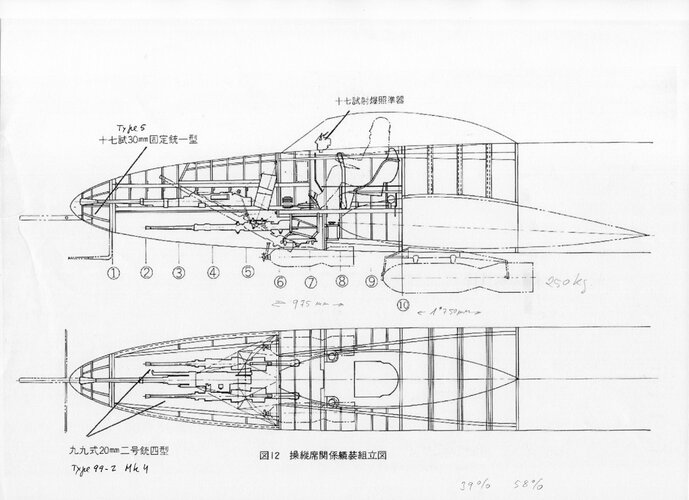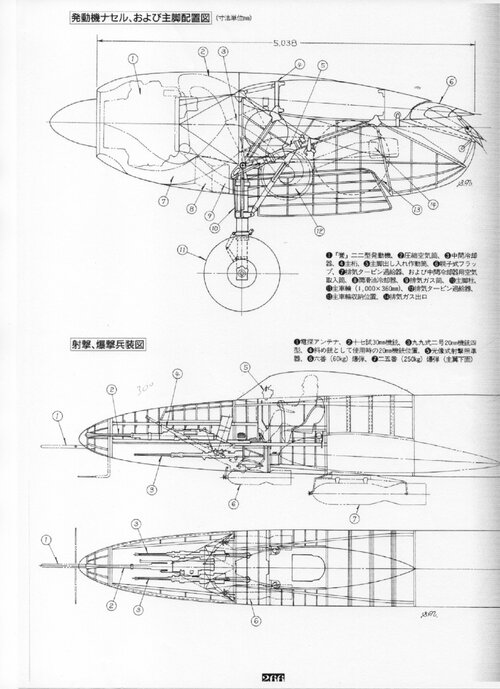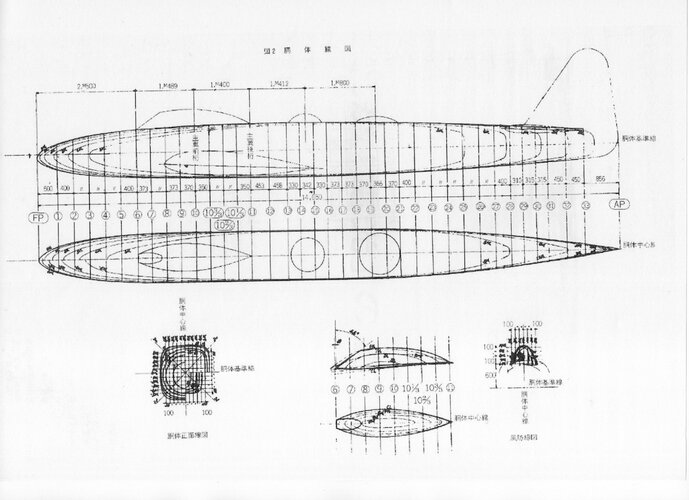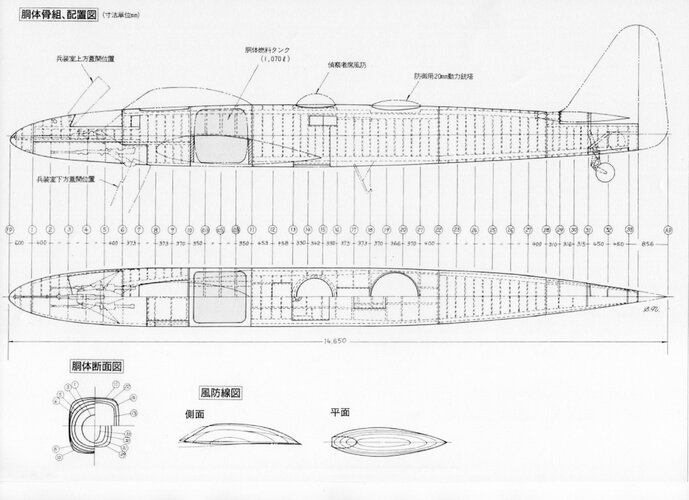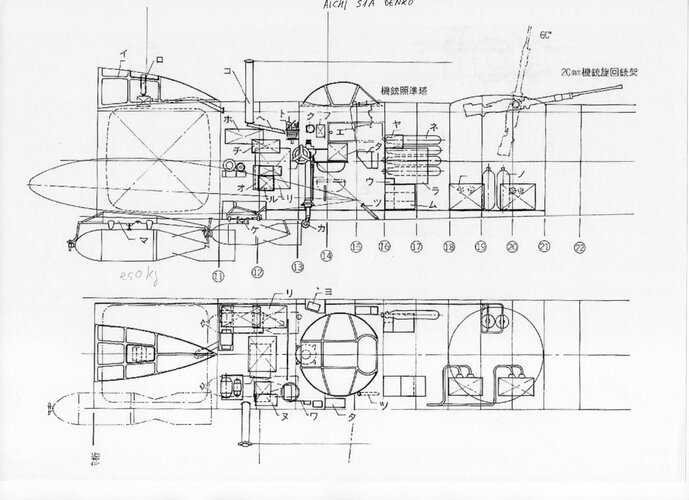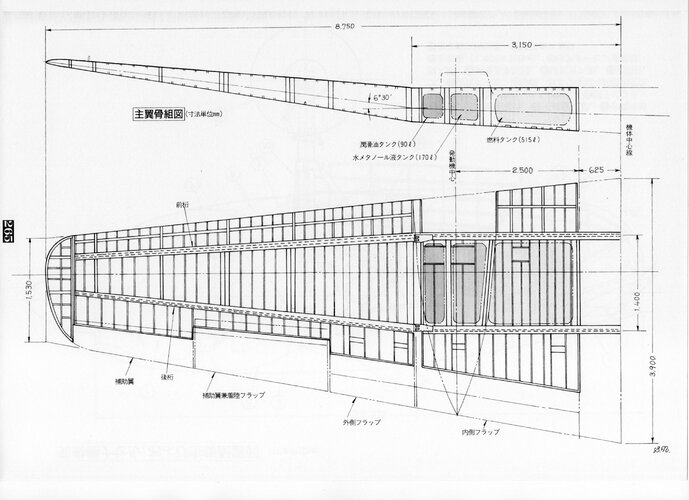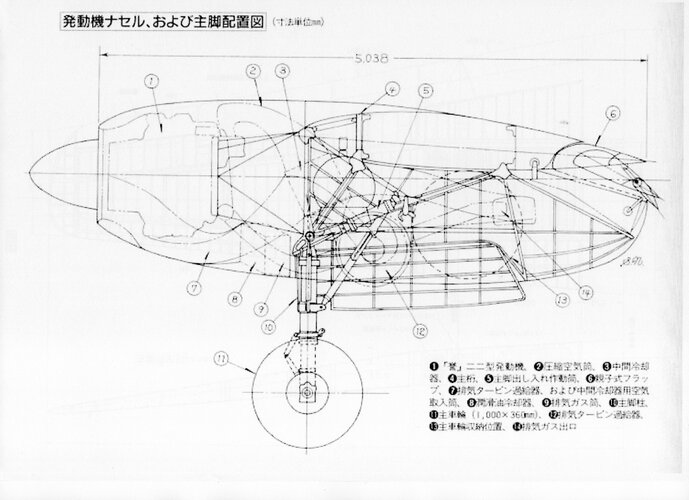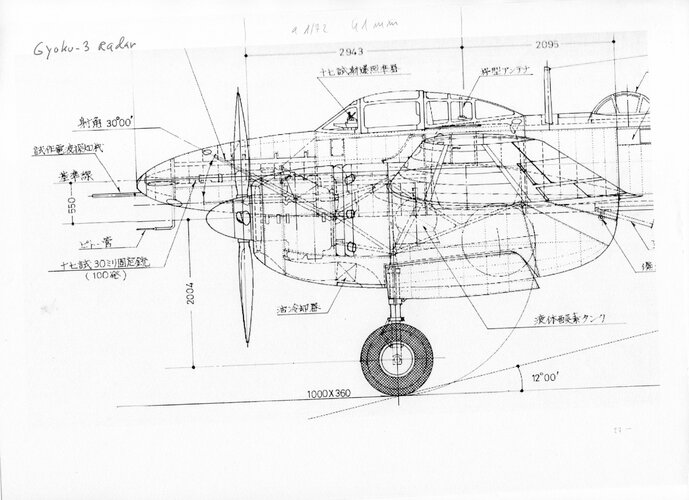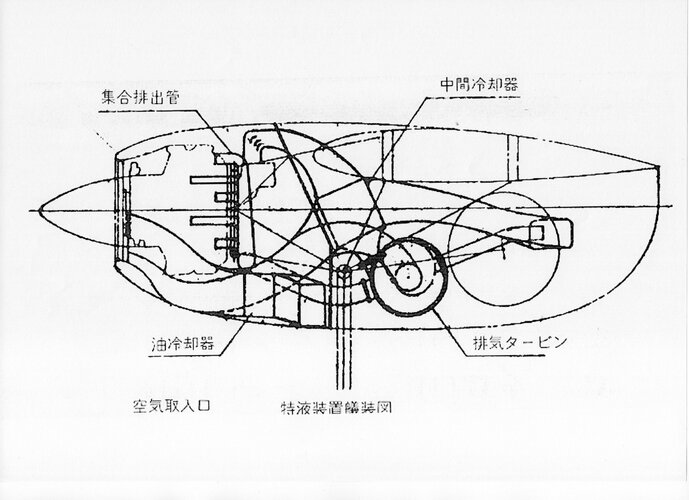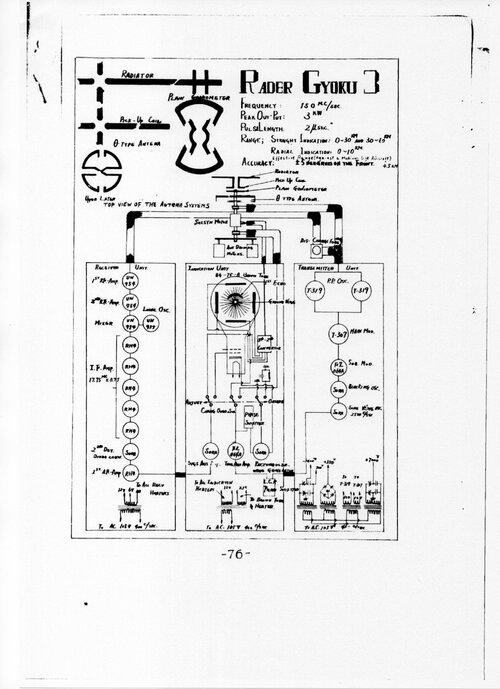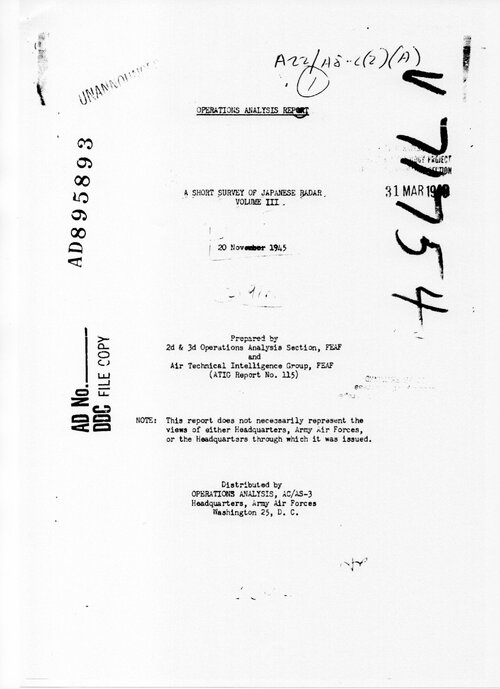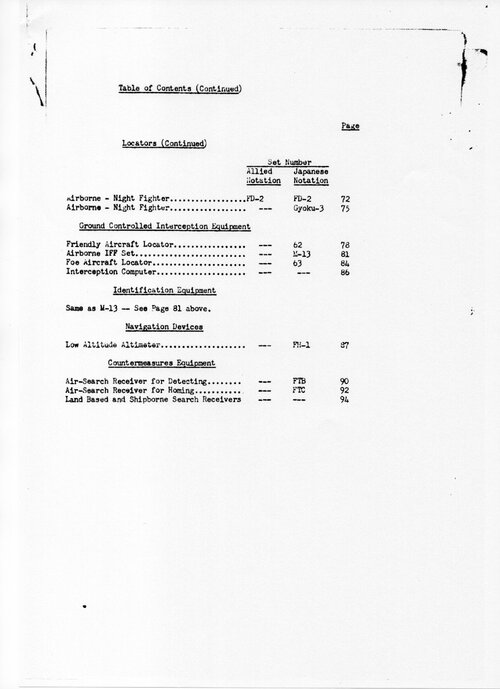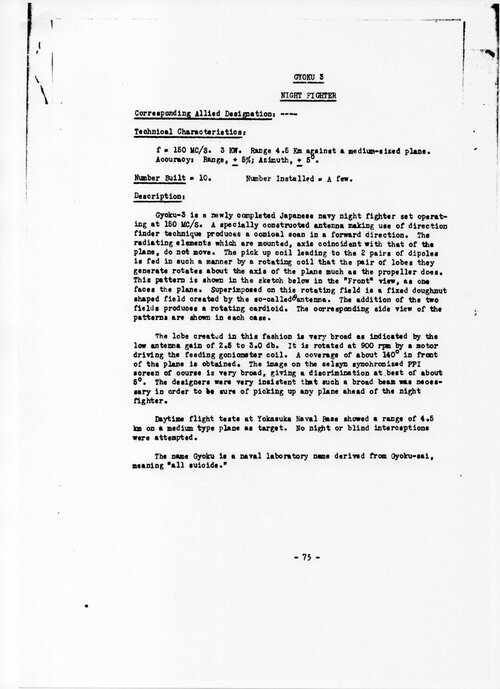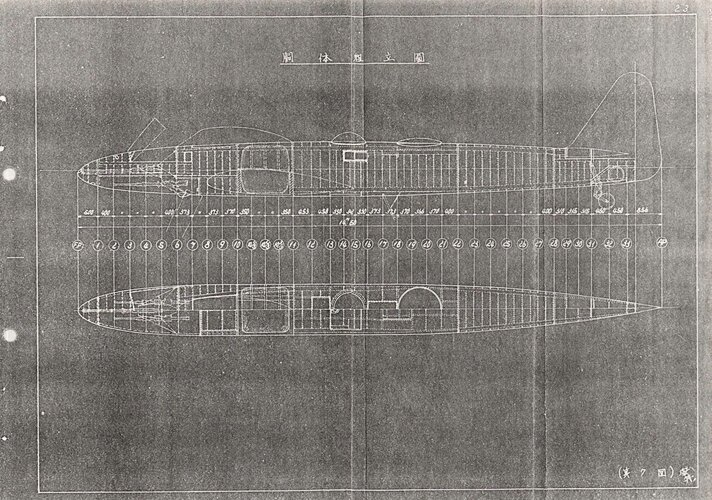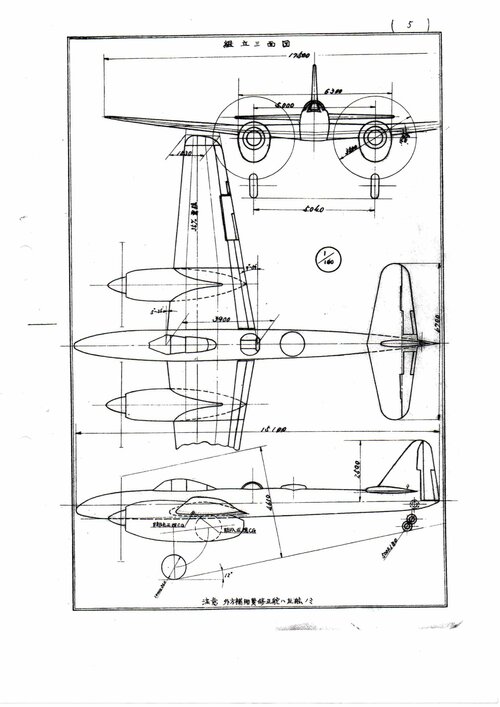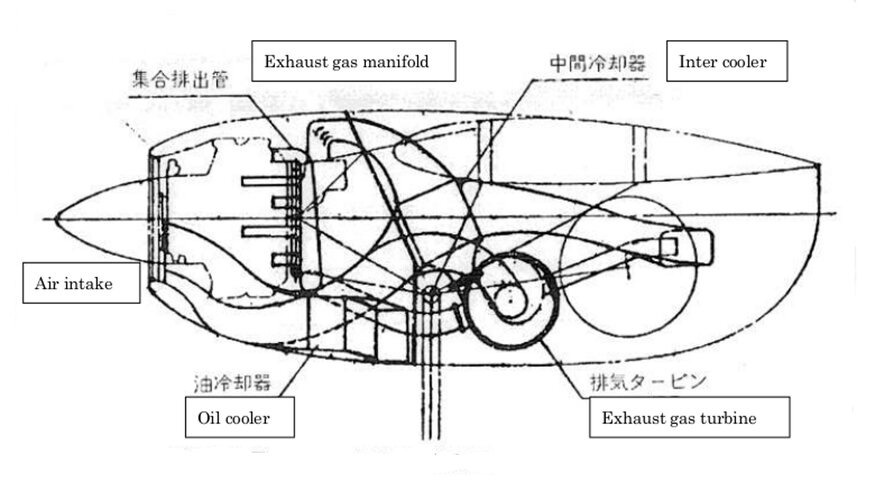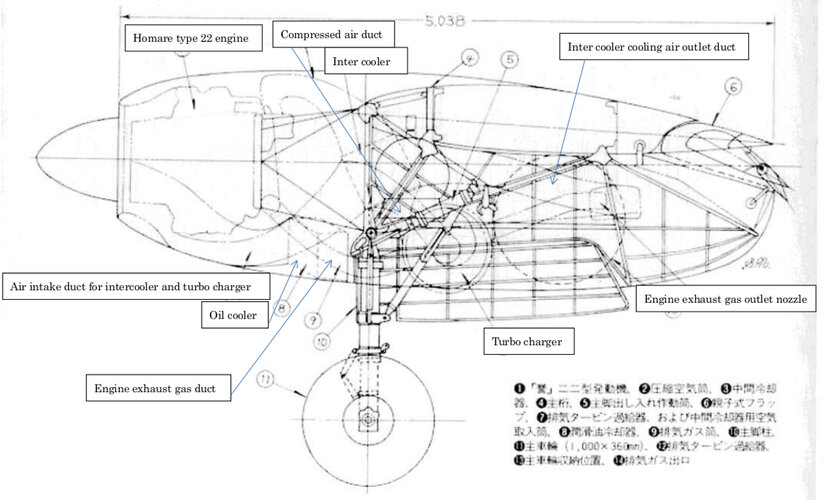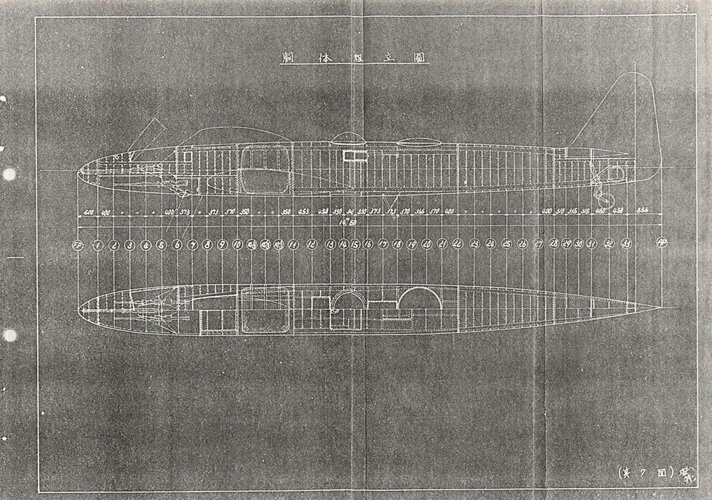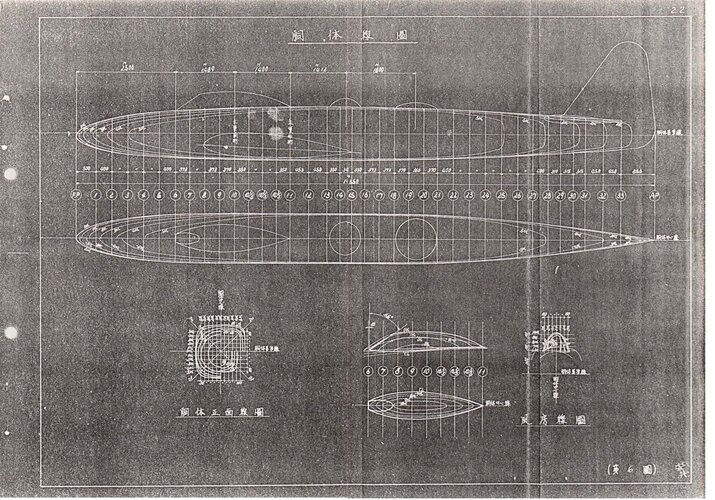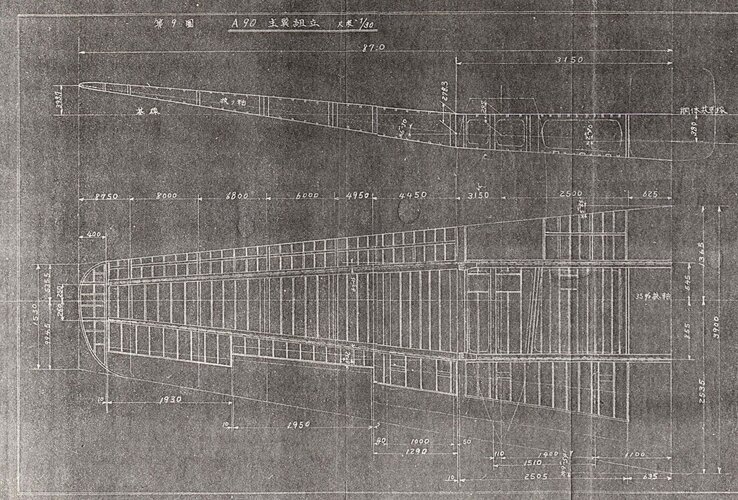snark
But Dad, don't we EAT the antelopes?
- Joined
- 2 December 2007
- Messages
- 108
- Reaction score
- 80
First, this plane's code is AM25, or some times A90 within Aichi's company, and S1A1 in the IJN. This plane, also called 18 shi-hei sentoki (night fighter projected in Showa 18th, or 1943), was there because the navy wish her to catch and take down the B29s (by the way, the J5N Tenrai was also there at the same time). However at that time, no one knows that B29s would bomb Japan at the altitude of 4000m, thus this plane's fastest speed was at 9000m, and unfortunately she could not catch up with B29 since at 4000m the denko was much slower according to her plan report and performance calculations.
Some great new information here. Thanks a lot!
Question: The mystery designation “A90” revealed here very much resembles the so-called “SADP designations” (実用機試製計画番号) begun by the IJN Aviation Bureau in 1939. I have never seen an Aichi designation of this format and have assumed they were never assigned or had been destroyed at the end of the Pacific War. In your research at Aichi, had you come across any similar designations?
Again, thanks for this much-appreciated information. Regards, Harry
Last edited:

